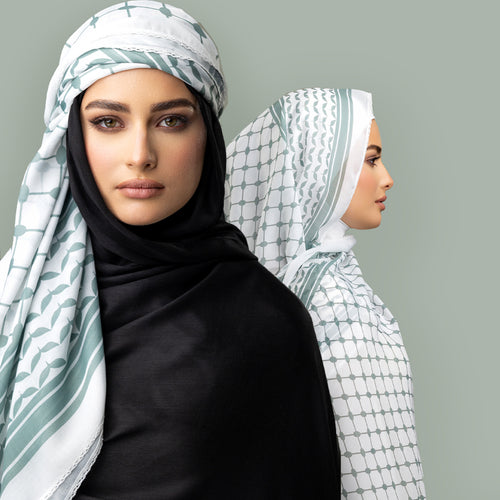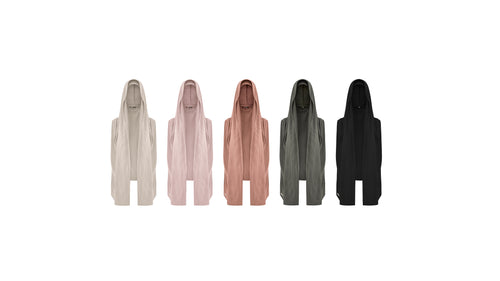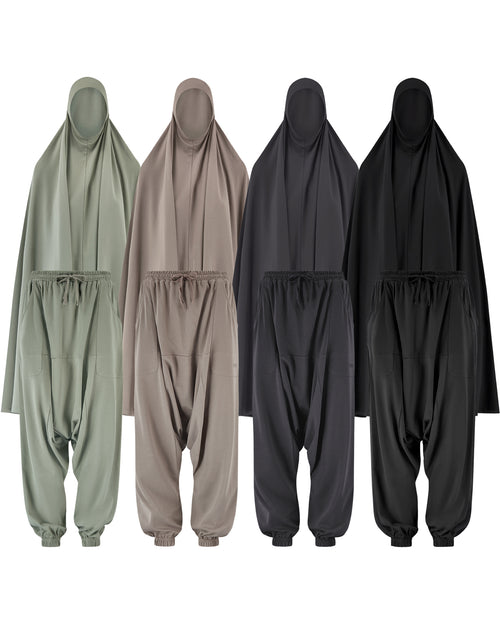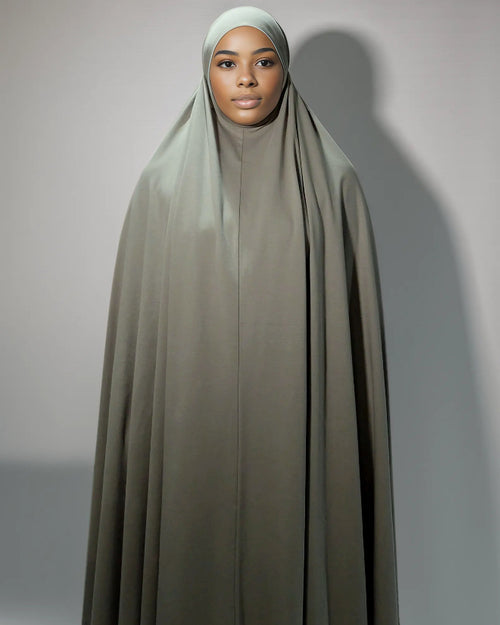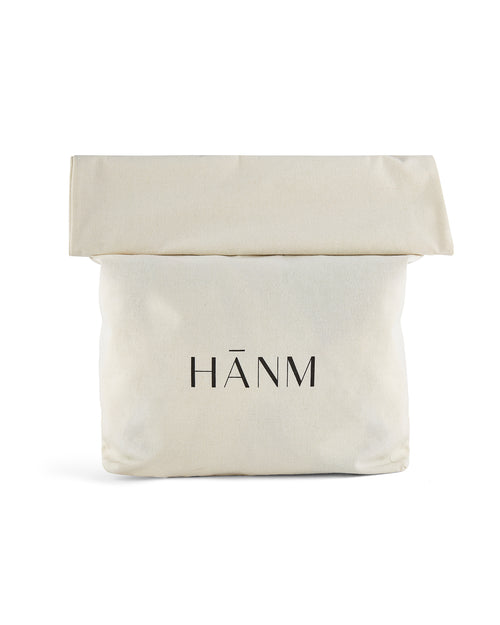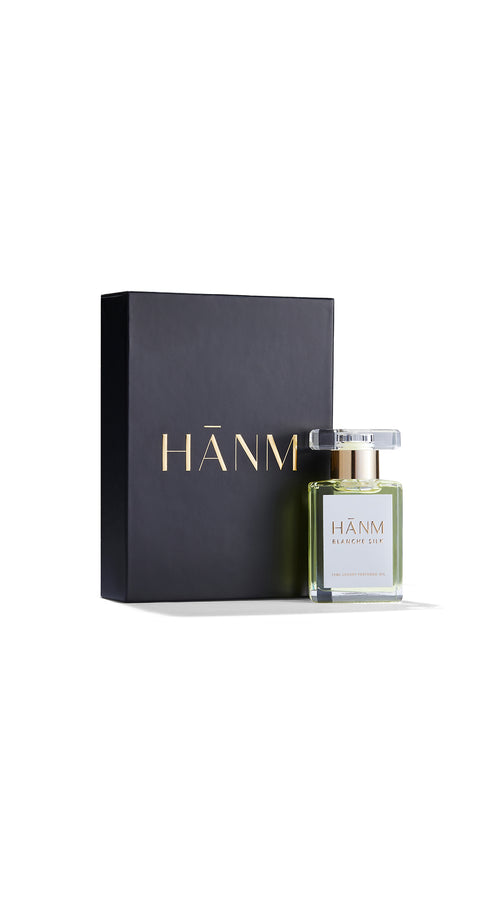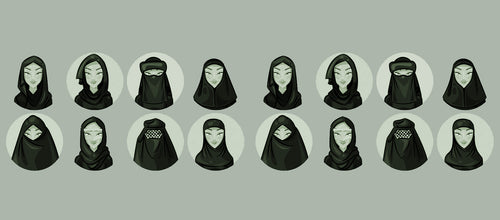
written by Nurjan, Founder | 15th Nov 2019
Did you know that the verses of hijab were of the very last commandments to be revealed in the Qur’an? Interesting we hear you say, we thought the same too…
These verses were revealed during the 4th year of Hijrah and after some of the most important commandments in Islam such as:
- The obligatory 5 daily prayers, commonly known as Salah
- Zakat
- the rulings of inheritance
- Fasting during the holy month of Ramadan
- Zakat-ul-Fitr
- even commandments regarding marriage and divorce!
So, what is hijab?
In the Qur'an, the term hijab refers to a partition or curtain in the literal or metaphorical sense. It is a screen of some sort that partitions an individual from another.
It is important to clarify that only the wives of the prophet (pbuh) had to enforce this type of hijab. The hijab of the prophets wives, were extra due to the fact that they were the wives of the Prophet. They had to be covered not just in their garments, but also the space in which they occupied. This is explicit in the Qur’an:
"And when you ask [his wives] for something, ask them from behind a partition. That is purer for your hearts and their hearts".
Surah Al-Ahzab, verse 53
It is important that we should pay attention to the original language used in the Quran to avoid any confusion.
In our modern interpretation nowadays, we commonly refer to the hijab as the scarf Muslim women wear on their heads, but this is not necessarily the same term used in the Qur’an. The term for head covering in the Qur’an is known as ‘Khimar’.
The khimar originates from the trilateral verb `khamara', which means `ghatta' meaning to conceal, hide, or to cover something.
“Let them wear their Khimar over their juyub” which is their chest. From this verse we understand that the believing women are instructed by Allah SWT to wear the Khimar and to then drape it over their chests.
It was common culture amongst the women of jahiliyyah (pre Islam) to wear a headscarf. It was a bandana type style of head covering that was wrapped and then thrown to the back. This was at the time referred to as a ‘khimar.’ However, when Allah SWT revealed these verses and used the word Khimar in the Qur’an, to not then confuse the two styles of Khimar, Allah instructed the believing women to bring the fabric to their front by drawing their khimar over their chests, as a covering.
“O Prophet, tell your wives and your daughters and the women of the believers to bring down over themselves [part] of their outer garments. That is more suitable that they will be recognised and not be abused. And ever is Allah Forgiving and Merciful.”
Surah Al-Ahzab, verse 59
Interestingly, when addressing hijab, the Quran does not address women first. It addresses men first. That’s not a typo error either! Islam places the primary responsibility of observing hijab not on women – but on men. It’s critical to understand this point.
Wearing the headscarf is one form of hijab, but men often forget that hijab is much more. The Quran commands men to not stare at women and to not be promiscuous. The Quran (Chapter 24, verse 31) instructs men to observe modesty:
“Say to the believing men that they restrain their eyes and guard their private parts. That is purer for them. Surely, Allah is well aware of what they do.”
An example of this was when the Prophet rode with his companion Al Fadl bin Abbas. A woman described as strikingly beautiful approached the Prophet to seek his guidance on some religious matters. Al Fadl began to stare at her because of her beauty. The Prophet Muhammad did not scold the woman for dressing immodestly or revealing her beauty. Instead, he “reached his hand backwards, catching Al Fadl’s chin, and turned his face to the other side so that he would not gaze at her”. Thus, the Prophet Muhammad once more established that the primary burden to observe hijab rests on men.
The Six point criteria for Hijab
Based on the Qur’an and Sunnah (the teachings of the prophet Muhammad peace be upon him) there is a six point criteria for observing hijab correctly:
- The first criterion is the extent of the body that should be covered. This is different for men and women. For the men, the obligatory areas that should be covered, is from the navel to the knees. For women, the obligatory areas that should be covered, is the complete body except the face and the hands up to the wrist. If they wish to, they can cover their face or hands, as a personal choice.
All the remaining five criteria are the same for men and women.
- The clothes worn should be loose and should not reveal the figure.
- The clothes worn should not be transparent such that one can see through them.
- The clothes worn should not be so glamorous as to attract the opposite sex.
- The clothes worn should not resemble that of the opposite sex.
- The clothes worn should not resemble that of non-Muslims i.e. they should not wear clothes that are specifically identities or symbols of other religions.
Hijab includes conduct and behaviour among other things. Complete ‘hijab’, besides the six criteria of clothing, also includes the moral conduct, behaviour, attitude and intention of the individual. A person only fulfilling the criteria of ‘hijab’ of the clothes is observing ‘hijab’ in a limited sense. ‘Hijab’ of the clothes should be accompanied by ‘hijab’ of the eyes, ‘hijab’ of the heart, ‘hijab’ of thought and ‘hijab’ of intention. It also includes the way a person walks, the way a person talks, the way he behaves, etc.
In conclusion, the hijab is a protection for both men and women.
For a women, it is a protection for her and it creates a barrier from the potential harm and the harassment of unrighteous men. It is not something worn just for her husband as incorrectly said nowadays. Hijab is observed before marriage, long before the husband is even in the picture. Can he enjoy her beauty once married? Sure! She is safe to do so. If it was solely for the husband, the woman would start to wear the hijab after marriage and this simply is not the case. Narcissistic ideologies are just that, narcissistic ideologies and they should be left there with the ignorant. The observation of the hijab is a commandment from Allah, our creator, for the protection for the believing women. It has nothing to do with men oppressing women.
Our belief as Muslim women (and Muslims in general) is that this life is a temporary testing ground for us before we pass on to the eternal life of the hereafter. When the ignorant make comments of oppression because of the hijab, a believing woman knows this is simply not true.
Our focus is different.
We don’t live solely for this world, it’s not ‘YOLO’ for us. It's more like YOGOSIL ! (you only get one shot in life!... so we're making it count).
We live for the next world and the promise of Paradise.
The rulings of hijab are for our protection, not oppression.
